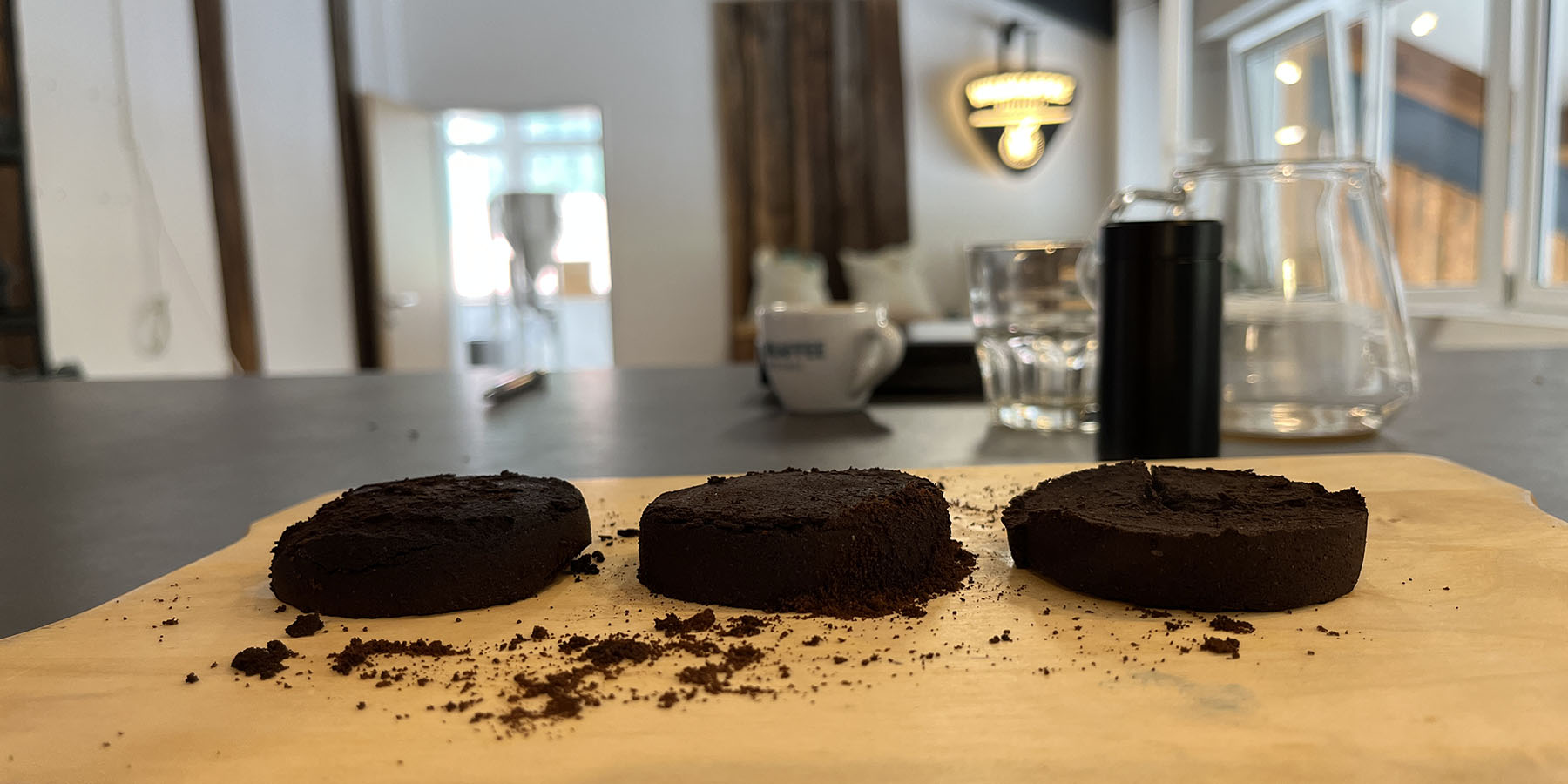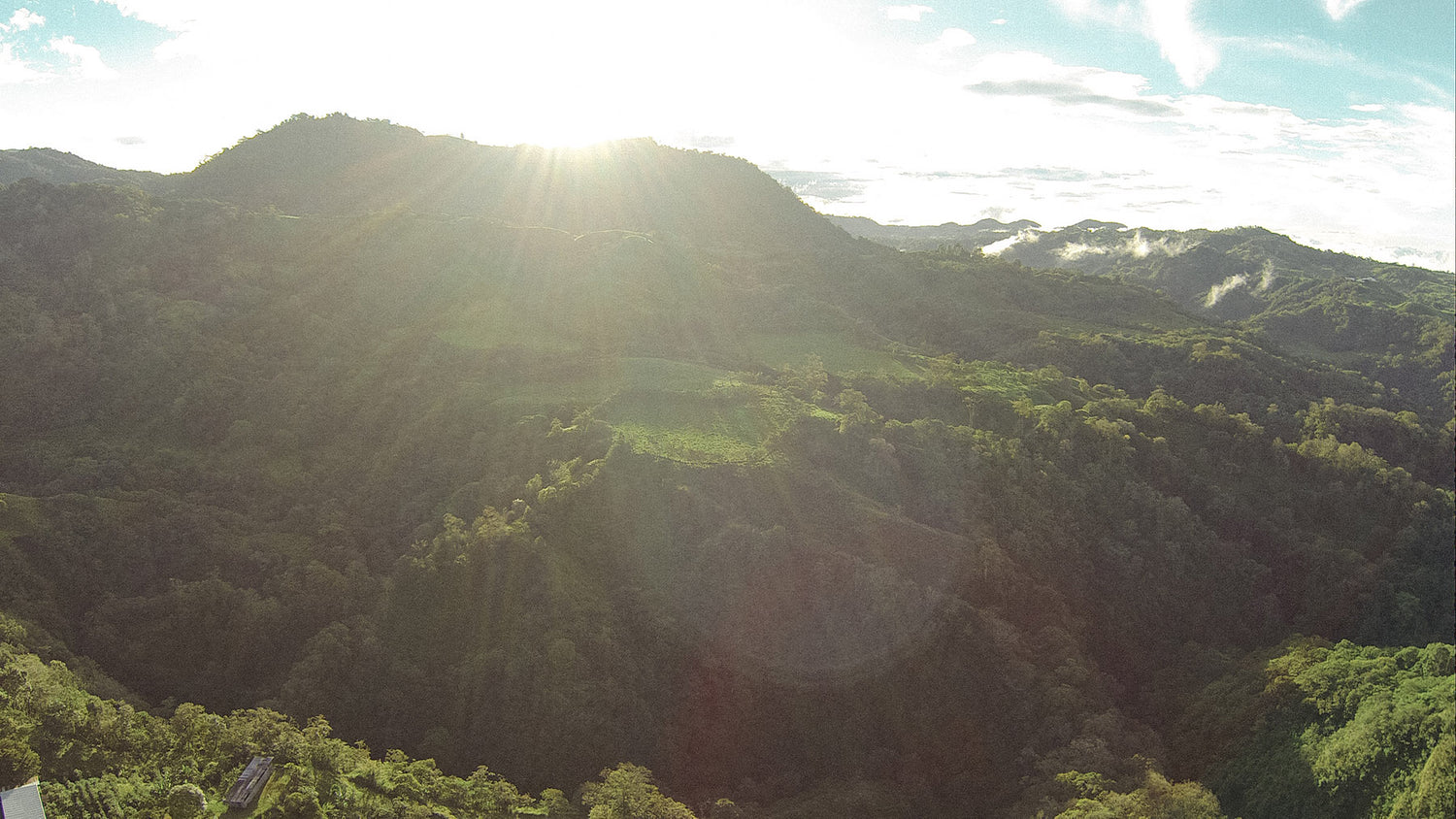To wake up in the morning or at lunchtime after a good meal: an espresso is always something tasty and pleasant . But unfortunately it can often go wrong . The espresso becomes too sour or tastes too watery and it also has no crema. And then the whole espresso enjoyment is ruined. A common reason for an espresso that is too sour or too watery is channeling . This is the uneven distribution of the coffee powder in the sieve, which causes the water to take strange and uneven channels through the powder. We explain how channeling occurs, what effects it has on your espresso and, above all, how you can prevent channeling.

Channeling – Espresso sour or watery
Channeling is one of the most common reasons why your espresso doesn't taste the way it should. The crema is missing, it's too sour or too watery, or even both. These are the most common effects of channeling. Incidentally, it comes from English. Channel means channel and in relation to your espresso, it means that channels have formed in the cake, i.e. the freshly ground and compressed coffee in the sieve. Since water always seeks the path of least resistance, when preparing your espresso the water doesn't flow evenly through the coffee grounds, but through the channels. And there you have it: too sour, too watery, or something even worse.
Channeling – things can still go wrong
By the way, channeling is just one of the things that can go wrong when making espresso on a portafilter machine . And since we generally want you to enjoy a creamy and tasty espresso, we will also explain all the other factors here and how you can use them to influence the taste of your espresso. These include, above all, the water temperature, the degree of grinding of your coffee and, finally, the optimal preparation of your coffee grounds in the sieve.
Channeling Espresso - Water Temperature
Water makes up 98 percent of all coffee. That means that water is very important. As are the right beans from the right roaster. Aside from optimal water quality, you also need the right temperature for a good espresso. Generally speaking , when brewing coffee properly, you should aim for between 88 and 95 degrees Celsius . For espresso, it can be on the higher end - around 92 degrees. Anything below 88 degrees becomes unpleasantly sour, and at temperatures above 95 degrees, you burn off aromas and your espresso becomes bitter and strong.
Channeling Espresso – Grind size and quantity
When it comes to ground coffee for your espresso, one thing is most important: the right amount. We recommend between 16 and 20 grams for a double shot . This should enable you to extract between 35 and 60 milliliters of espresso in 20 to 30 seconds . It's best to weigh your coffee beans before grinding, then you'll be on the safe side. It's best to start with 18 grams and examine the puck after extraction. If it's too wet, you need a little more coffee; if it's too firm, you need a little less. Then it's important to look at the extraction time and therefore also the degree of grinding. If the espresso comes through too quickly, you can grind finer; if it's too slow, you need a little coarser. But you have to be careful with the degree of grinding: the finer the better does not apply! As early as 2020, research teams from the USA and England discovered that coffee that is ground too finely clumps in the sieve, creating channels through which the water flows past the coffee powder. The rule here is fine, but not too fine.
IMPORTANT: Only change one parameter at a time when preparing espresso! Otherwise, you won't know what made the difference at the end.

Channeling – How it happens
Channels usually form when the coffee grounds are leveled. This is the step before tamping. If you level incorrectly, the coffee grounds will be distributed unevenly in the sieve and cracks and holes can form in the final cake . Not everyone has a leveler. There are two methods without a leveler that work relatively well. By gently tapping the sieve on the table or bar, you can achieve a relatively even distribution of the coffee grounds in the sieve. You can also gently run your finger over the coffee grounds and distribute them fairly evenly . You can do the latter if it's your espresso, or if you know the person you're making the espresso for well. As a barista, this method isn't necessarily recommended - hygiene and all that.
Channeling – tampering is also at risk
Another common mistake occurs during the next step, tamping. You should actually press the tamper onto the portafilter with even pressure - we recommend 15 kilograms - as vertically as possible and then release it vertically again so that the ground coffee is evenly distributed. If you do this step with too little pressure or at an angle, channeling can also occur.
And some baristas also recommend tapping the portafilter on the countertop before inserting it into the machine.
It's better not to do that: it will ruin all your work of leveling and tamping. A push will cause the pressed-down flour to come out of the portafilter and become loose. This also creates channels and cracks.
Channeling – how does the sour or watery taste arise
As already mentioned, the result of channeling is an espresso that doesn't taste good. Too sour, too watery or otherwise awful. Your espresso will be too watery (and in most cases too sour) if the water only flows through channels in the coffee grounds during channeling and therefore doesn't evenly cover all of the coffee grounds. The effect is the same as under-extraction, when the water flows through the coffee grounds too quickly and therefore doesn't release enough ingredients from the coffee.

Channeling – how can I prevent it?
There are a few simple steps that you should follow to prevent channeling. This starts immediately after grinding the coffee. As you know, the ground coffee then lies in the form of a small mountain in your sieve. One way to help here is to tap it gently on the worktop - but really gently, just so that the ground coffee collapses and is distributed well in the portafilter. You can also spread it with your fingers, i.e. gently run your index finger over it and thus distribute the ground coffee relatively evenly in the sieve. If you want, you can also use your fingers first and then tap gently again. And for the barista who has to make a lot of espressos, it is of course always worth using a suitable leveler. Incidentally, anyone can use one at home too. Next, you have to tamp properly - that is, compress it. Make sure that the tamper fits your portafilter, which is available in different diameters. We recommend a pressure of 15 kilograms. Too loose is just as bad as tamping too tightly. You also have to hold the tamper vertically, because tilts in the cake can also lead to channeling.
It may take a few attempts until you get a feel for how much pressure you need to apply so that your espresso is neither over- nor under-extracted. And last but not least, you have to make sure that you insert the portafilter correctly into the machine. This is where the last mistake often occurs that can ruin even the best preparation: insert the portafilter slowly and straight into the holder. If you do it with force or are nervous, you may not hit the brewing group immediately. If you're unlucky, this alone will have loosened the cake on the edge of the portafilter, creating a channel through which the water can flow without resistance.

Prevent channeling – step-by-step instructions
- Choose the right grind and grind the coffee
- Distribute the ground coffee in the portafilter (with fingers, by tapping or with a leveler)
- Tamping correctly (vertically, not too hard, not too soft)
- Insert portafilter perfectly (do not hit the machine, do not force it)
- Enjoy espresso!
Channeling Conclusion
Channeling can have many causes. And then the espresso tastes sour or watery. But you can also prevent channeling in your portafilter machine in a few simple steps. The best thing is, the more often you follow these steps, the faster you internalize them and eventually you will do them automatically and your espresso will certainly (almost) never suffer from channeling again.


